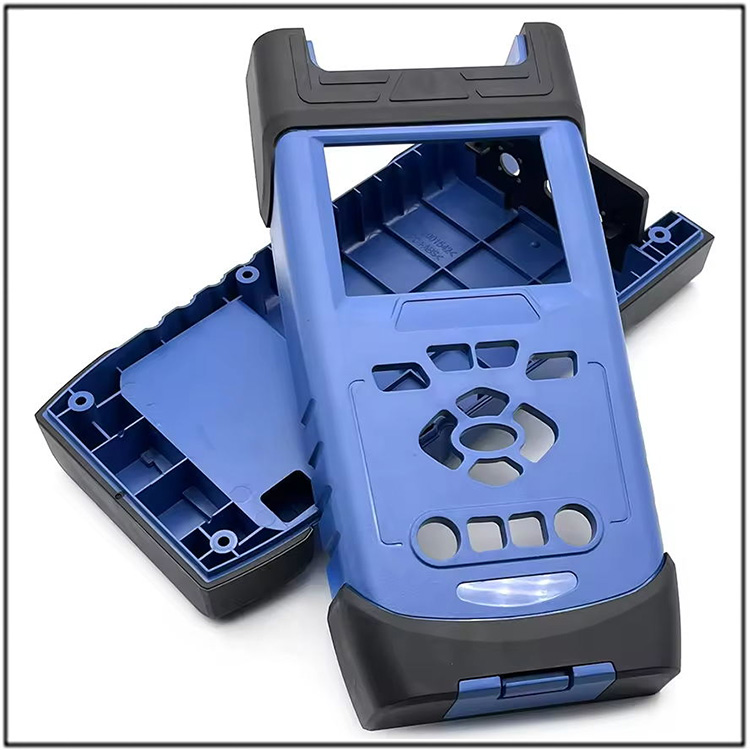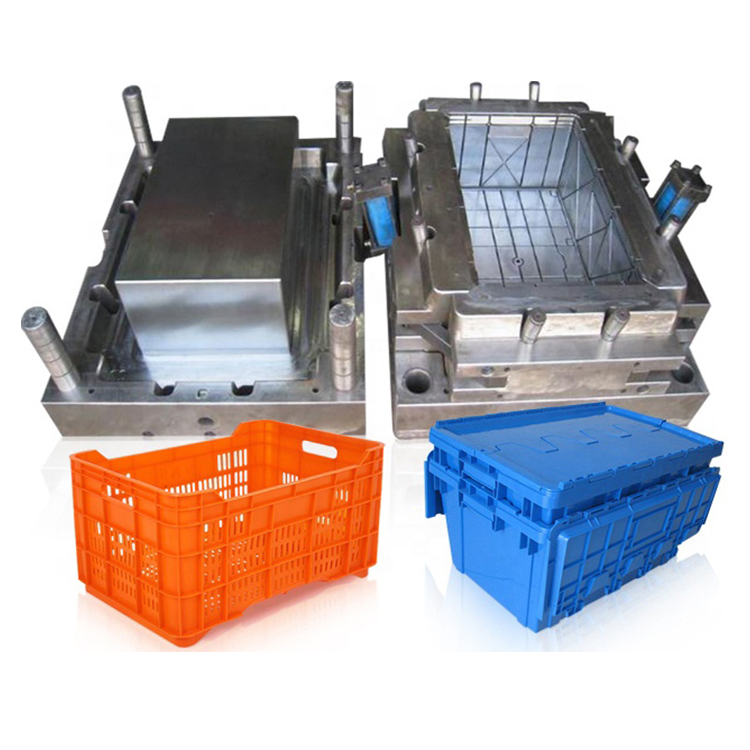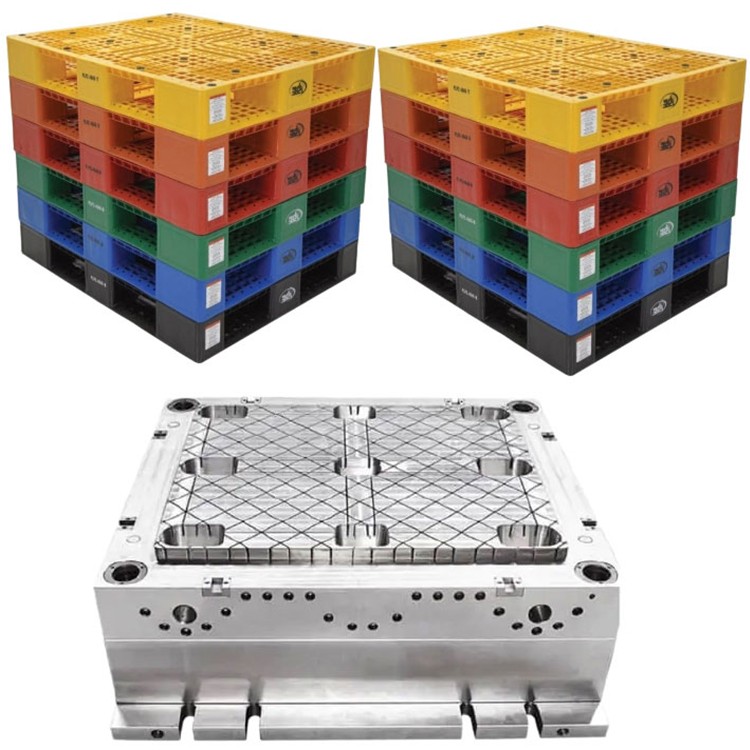
Post-processing of Injection Molded Parts
Deep analysis of the core post-treatment process after injection molding of injection molded products
After injection molded products are formed in the mold, in order to ensure their expected physical properties, appearance quality, and dimensional accuracy, they must undergo a series of carefully designed post-processing procedures. These processes are not only related to the final quality of the product, but also a key link in improving production efficiency and extending the product's service life. The following is an in-depth analysis of the core post-processing technology for injection parts, aiming to reveal its scientific and important nature.
1,Annealing treatment
Annealing treatment, as the primary post-treatment process for injection molded products, aims to eliminate internal stresses caused by uneven cooling and molecular chain orientation during the molding process. By placing the product in a heating medium at a certain temperature, such as hot water, hot oil, or hot air, and maintaining it for a period of time, the polymer chains inside the product are relaxed and the internal stress is released. This process plays a crucial role in preventing deformation and cracking of the product during use. At the same time, annealing treatment can promote the homogenization of the internal structure of the product, further improving its dimensional stability and mechanical properties.
2,Moisture control treatment
For some injection molded products that are prone to moisture absorption and oxidation, such as polyamide, humidity control treatment is an indispensable post-treatment process. By placing the product in a specific humidity environment, such as a hot water bath, it can quickly reach moisture absorption equilibrium, thereby avoiding performance degradation caused by uneven moisture absorption of the product. Moisture control treatment can not only effectively prevent oxidation and deterioration of products, but also improve their dimensional stability and appearance quality. In addition, for certain special-purpose products such as electronic components, humidity control treatment can also reduce their surface resistance and improve their conductivity.
3,Surface modification
The surface modification process of injection molded products mainly includes painting, electroplating, printing, etc. These processes not only beautify the appearance of the product and enhance its aesthetic appeal, but also enhance its functionality such as wear resistance and corrosion resistance. For example, spray painting can form a protective film on the surface of the product, isolating air and moisture, and extending the service life of the product. Electroplating treatment can form a metal coating on the surface of the product, enhancing its hardness and wear resistance. Printing processing can print various patterns and text on the surface of the product to meet the personalized needs of customers.
4,Quality inspection and screening
After completing all post-processing procedures for injection molded products, strict quality inspection and screening are also required. This process aims to eliminate defective products and ensure that every product leaving the factory meets quality standards. The content of quality inspection includes multiple aspects such as dimensional accuracy, appearance quality, mechanical performance, etc. of the product. Through quality inspection and screening, not only can the qualification rate of products be improved, but customer trust and satisfaction can also be enhanced, thereby improving the market competitiveness and brand reputation of the enterprise.










